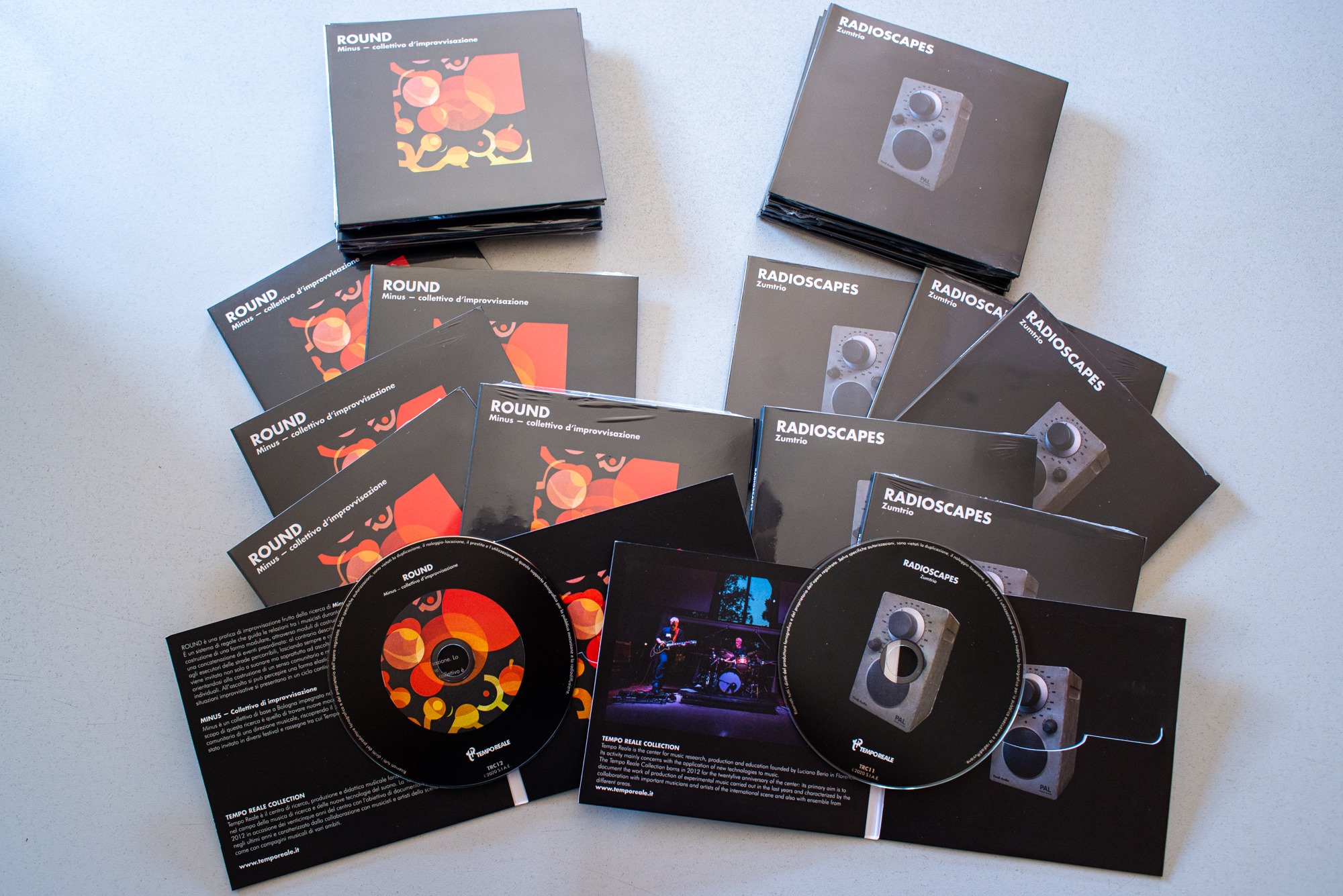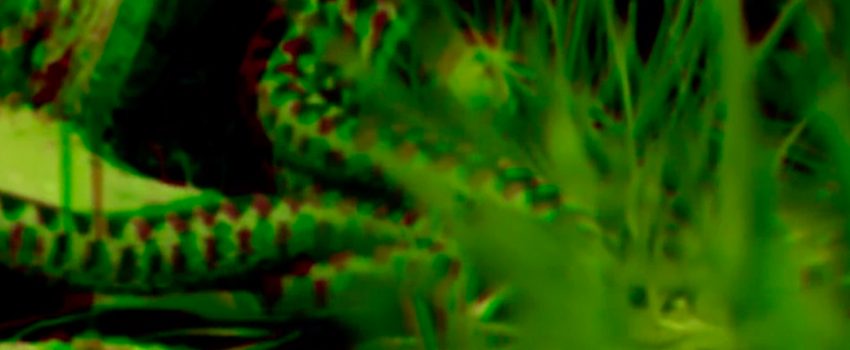
Tempo Reale is the historical research, production and musical teaching center founded by Luciano Berio in Florence. Its activity mainly concerns the application of new technologies to sound. Tempo Reale Collection series was born in 2012, on the occasion of the 25th anniversary of the center, with the aim of documenting the productive work carried out over the last few years and characterized by the collaboration with important musicians and artists of the international scene. The series, already a dozen titles, will therefore be enriched next 2 October with two new improvisation records, Radioscapes by Zumtrio and ROUND by Minus, available in CD and on all digital platforms.
Zumtrio is a Florentine project halfway between structure and improvisation, with a strongly “electric” nature, opening to different languages and ways of interaction, and with an almost limitless expressive variety: these are the main elements of an experience born within Tempo Reale which explores a free and entertaining conception of hospitality. Three musicians with strong links to Tempo Reale, with musical roots as much in the experimental electronic avant-garde as they are in research jazz, generating unexpected and surprising sonic, electronic and emotional landscapes. The presence of an analog radio processed live – the same one that stands out on the cover image – offers a possible interpretation towards an idea of plurality. The line-up is formed by Francesco Canavese on electric guitar, Francesco Giomi on the analog radio and synthesizers, Sefano Rapicavoli on drums and percussion. Radioscapes contains three tracks, recorded by Antonio Castiello at the Tempo Reale headquarters, in Villa Strozzi, Florence, in January 2020. So, Un tavolino a parte, California and Giornate colorate will allow you to tune in to the experimental experience of Zumtrio, here documented for the very first time.
Minus is a Bologna-based collective engaged in the search for new languages for improvisation. The purpose of this research is to find new improvisational methods oriented towards the community construction of a musical direction, rediscovering the pleasure of listening and playing music together. ROUND is an improvisation practice which is the result of Minus’ research and gives title to their first record. It is a system of rules that guides the relationships between musicians during the performance, and its goal is the development of a modular system, through “construction modules and diversion modules”. ROUND is not a preordained chain of events: on the contrary, it describes a series of possible situations and suggests to the performers some paths that can be followed, always leaving them the final choice. In ROUND the musician is invited not only to play but above all to listen, giving space to other musicians, orienting towards the construction of a community sense. Listening, you can perceive an elastic form that becomes structured in the making, where the different improvisational situations present themselves in a continuous cycle. The name Minus expresses the musical philosophy of the group, influenced by the electroacoustic language: playing less to give each other more space, identity and community. The collective currently has six effective members (Simone Faraci, Marco Giampieretti, Giovanni Magaglio, Matteo Pastorello, Federico Pipia and Niccolò Salvi), but it is often open to collaborations with other musicians. The members of the collective experiment always with different line-ups. In ROUND the collective has used prepared piano, objects, live electronics, synthesizers and sampler, but also clarinets, saxophones, cello, electric guitar, drums, digital sets and soundscape. The four tracks were recorded in Bologna, at MicroBo Studio, with the only exception of Round #6, recorded in Florence at Tempo Reale/Studio B. The criterion for the numerical order of the tracks is chronological, based on the recording date. Four line-ups with different sounds have been chosen, with which have been programmed as many different sessions. The tracks on the record are the result of a selection among the takes of those sessions: Round #4 is characterized by a mostly acoustic instrumentation, Round #5 reveals an almost “rock” instrumentation, Round #6is completely electronic and Round #7, in the end, presents a mixed setting, with acoustic, electric and electronic instruments.


